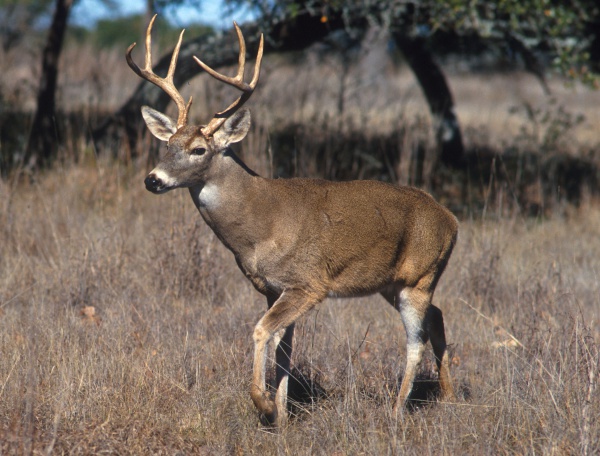Facts About White-tailed deer
The white-tailed deer, often referred to as the whitetail or Virginia deer, is a medium-sized species endemic to North America, Central America, and parts of South America, including Ecuador, Peru, and Bolivia. This adaptable species has also been introduced to locations such as New Zealand, Cuba, Jamaica, Europe, and various Caribbean islands. In North America, they are prolific in states such as Texas, Michigan, Minnesota, and Iowa, among many others. Their distribution has shifted over time due to land use and forest condition changes, affecting their habitats and behaviors.
In terms of classification, several subspecies of the white-tailed deer are recognized. However, recent genetic research indicates there may be fewer subspecies than previously thought. Some subspecies, like the Florida Key deer and the Columbian white-tailed deer, are considered endangered and are protected under the U.S. Endangered Species Act. The species exhibits remarkable genetic diversity, enabling it to adapt to a wide array of environments.
As generalists, white-tailed deer can thrive in various habitats, ranging from dense forests to open prairies. As herbivores, their diet consists of a mix of plants, fruits, and nuts. They communicate through a complex system of vocalizations, scents, body language, and marking behaviors. Their reproductive habits are also intriguing, with a distinct rutting season and specific fawning patterns.
Humans interact with white-tailed deer in numerous ways, including hunting, farming for meat, antlers, and pelts, and addressing frequent deer-vehicle collisions. Overpopulation can result in economic damage, habitat destruction, and the spread of diseases. While conservation efforts have successfully increased deer populations, this success has also led to challenges in managing their numbers and mitigating their impact on ecosystems.
Climate change is another factor influencing white-tailed deer populations. It affects their migration patterns, increases their numbers, and impacts disease dynamics. Warmer climates, for instance, benefit insects like ticks, which can transmit diseases to deer. These environmental and ecological changes necessitate the development of adaptive management strategies to ensure the long-term health and sustainability of white-tailed deer populations.

 Mexico
Mexico